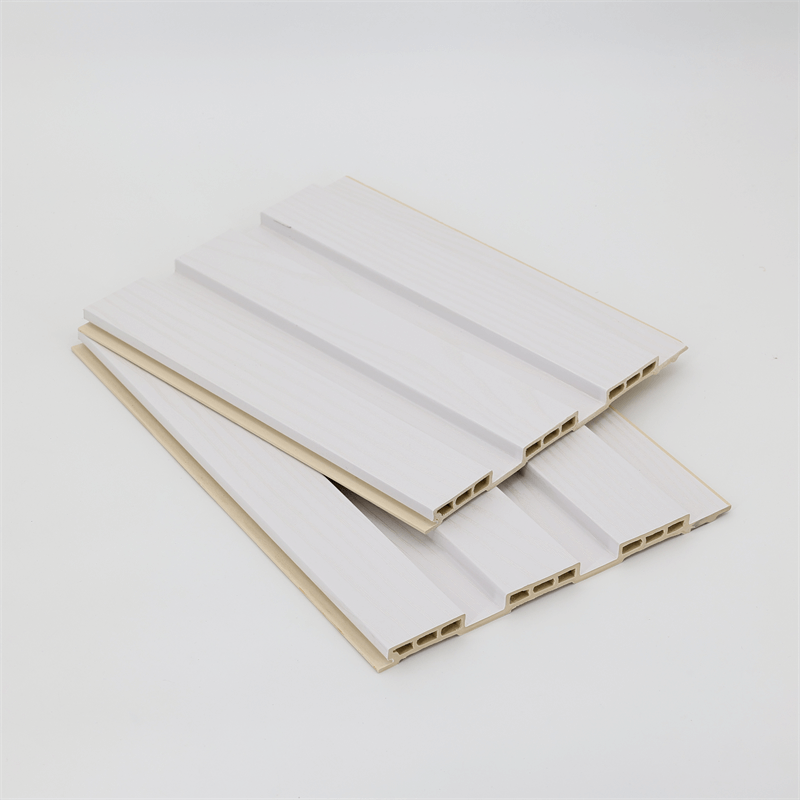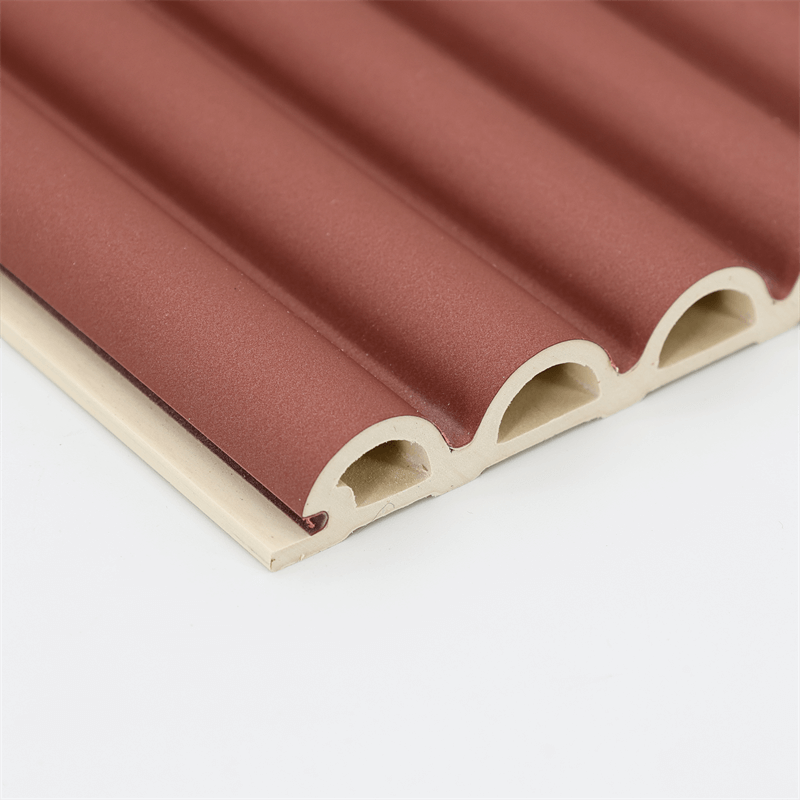In an era where environmental consciousness is at the forefront of global concerns, sustainable living has become a significant focus for individuals and industries alike.
When it comes to interior design and construction, incorporating eco-friendly materials is crucial.
WPC (Wood-Plastic Composite) wall panels have emerged as a sustainable and environmentally responsible choice for wall coverings.
In this essay, we will explore the eco-friendly features of WPC wall panels, including their use of recycled materials, energy efficiency, low environmental impact, and contribution to sustainable living.
I. Use of Recycled Materials: Reducing Waste and Promoting Resource Conservation
WPC wall panels are known for their composition, which combines wood fibers or flour with recycled plastics. This utilization of recycled materials brings several environmental benefits.
- Waste Reduction: By incorporating recycled plastics, WPC wall panels contribute to the reduction of plastic waste in landfills. This helps alleviate the burden on waste management systems and decreases the negative environmental impact associated with plastic disposal.
- Resource Conservation: The use of wood fibers or flour in WPC panels allows for the utilization of byproducts from the timber industry or sustainably managed forests. This reduces the demand for virgin timber and promotes the conservation of natural resources. By diverting wood waste from traditional disposal methods, WPC wall panels contribute to a more circular economy.
- Minimizing Environmental Footprint: The production of WPC panels using recycled materials requires less energy and fewer resources compared to the manufacturing of traditional wall materials. This reduced environmental footprint is a significant step towards achieving sustainable living and responsible construction practices.
II. Energy Efficiency: Reducing Energy Consumption during Manufacturing
Energy efficiency is a crucial aspect of sustainable living, and WPC wall panels excel in this area.
- Lower Energy Consumption: The manufacturing process of WPC panels consumes less energy compared to other wall materials like concrete or steel. The combination of wood fibers and recycled plastics requires less energy-intensive processes, contributing to reduced greenhouse gas emissions and the conservation of energy resources.
- Reduced Carbon Footprint: The lower energy consumption during the production of WPC wall panels results in a reduced carbon footprint. By choosing WPC panels, individuals and industries can make a positive impact on climate change mitigation efforts.
III. Low Environmental Impact: Preserving Ecosystems and Biodiversity
WPC wall panels offer several features that contribute to their low environmental impact, making them a sustainable choice.
- Reduced Deforestation: The utilization of wood waste and recycled plastics in WPC panels helps reduce the demand for timber from forests. This, in turn, minimizes deforestation, protecting valuable ecosystems and the biodiversity they support. By opting for WPC panels, individuals can make a tangible contribution to the preservation of forests worldwide.
- Resistance to Rot and Insects: WPC wall panels are highly resistant to moisture, rot, and insects, eliminating the need for chemical treatments or preservatives. This reduces the release of harmful substances into the environment, ensuring a healthier and more sustainable living space.
- Extended Lifespan: WPC wall panels have a longer lifespan compared to many traditional wall materials. Their resistance to moisture, rot, and physical impact ensures durability and reduces the need for frequent replacements. By choosing WPC panels, individuals can minimize waste and the environmental impact associated with the disposal of worn-out materials.
IV. Contribution to Sustainable Living: Promoting a Circular Economy
WPC wall panels play a significant role in promoting sustainable living and a circular economy.
- Recyclability: At the end of their lifespan, WPC wall panels can be recycled and reintroduced into the manufacturing process. This reduces waste and encourages a circular economy approach, where materials are reused rather than discarded.
- Versatility and Reusability: WPC panels are versatile and can be used in various applications. Their ability to mimic natural materials allows for their use in both residential and commercial projects, providing a sustainable alternative to traditional wall materials. Moreover, WPC panels can be easily removed and reused in different spaces, extending their lifecycle and minimizing waste.
Sustainable living is a collective responsibility that requires conscious choices and actions.
WPC wall panels exemplify eco-friendly features that contribute to sustainable living and responsible construction practices.
Through their use of recycled materials, energy efficiency, low environmental impact, and contribution to a circular economy, WPC panels offer a sustainable alternative to traditional wall materials.
By incorporating WPC wall panels in interior design and construction projects, individuals and industries can actively participate in the preservation of natural resources, reduction of waste, and mitigation of climate change. Embracing the eco-friendly features of WPC wall panels is a significant step towards creating a more sustainable and environmentally conscious future.

In conclusion, WPC wall panels offer a compelling solution for those seeking sustainable living and environmentally friendly interior design options.
With their use of recycled materials, energy efficiency, low environmental impact, and contribution to a circular economy, these panels embody the principles of sustainable construction and responsible resource management.
By choosing WPC wall panels, individuals and industries can make a positive impact on waste reduction, energy conservation, and the preservation of natural resources.
Furthermore, the eco-friendly features of WPC wall panels do not compromise on functionality or aesthetics.
These panels offer durability, versatility, and a wide range of design options, allowing for creative expression while maintaining a sustainable approach.
They provide a visually appealing and long-lasting solution for interior walls, while simultaneously promoting the well-being of ecosystems and biodiversity.
In the pursuit of sustainable living, it is crucial to consider every aspect of our daily lives, including the materials we use in our homes and buildings.
WPC wall panels offer an opportunity to make environmentally conscious choices without sacrificing style or performance.
By incorporating these panels into interior design projects, we can contribute to a more sustainable future by reducing waste, conserving energy, and preserving our natural environment.
As we navigate the challenges posed by climate change and environmental degradation, it is imperative that we embrace sustainable solutions in all aspects of our lives.
WPC wall panels present a practical and aesthetically pleasing option for interior design that aligns with the principles of sustainable living.
Let us embrace these eco-friendly features and make a positive impact on our environment, one wall at a time.


